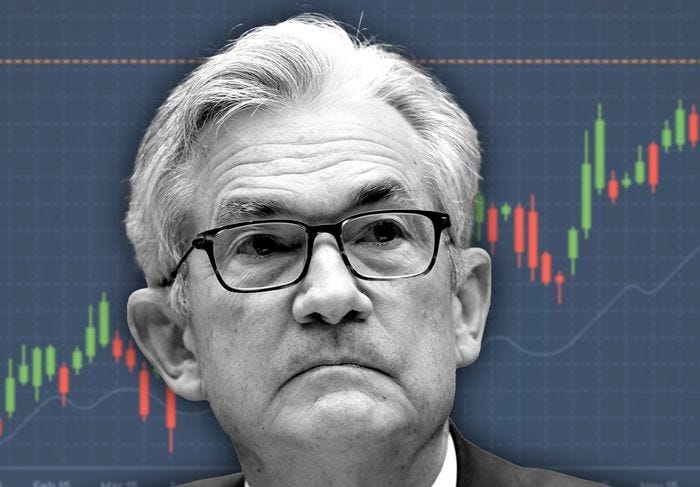What happens to stocks when the Fed pauses on rate hikes?
The U.S. Federal Reserve decided this week to take a breather on interest rate hikes.
The central bank hit the pause button, following hikes at each of its 10 previous meetings.
However, the Fed also indicated it my raise rates again later this year.
So what does history tell us about what happens to stocks in such scenarios?
A Fed pause is generally bullish for stocks.
In situations where the central bank decides on a pause lasting at least 3 months, it is always good for stocks.
There are 6 instances of this, going back to 1970 -- those being…
- Feb 1989
- Feb 1995
- May 2000
- June 2006
- June 2017
- Dec 2018
In all cases, the S&P 500 performance exceeded its average 3-month returns.
The average gains in that 3-month stretch were 8.21%, compared to the long-term 3-month average of 2.1%
HOWEVER, outside of one example (June 2017), all of those instances marked the end of a tightening cycle.
Ok…so what happens when the Fed “sort-of” pauses?
Well, the sample size here is smaller.
There are only two historical examples of a late tightening cycle pause that lasted, say, just one month.
Those occurred in January 1989 and April 2000.
3 months after the 1989 pause, markets were up 4.1%.
But stocks fell 1.5% in the 3 months after the 2000 pause.
So what’s the bottom line?
Assuming the Fed is willing to sit on the sidelines until September, it’s a bullish sign for stocks.
And even more so if, ultimately, rates have peaked.
If that is not the case, history is less decisively bullish, but it’d be a stretch to interpret that as bearish.



